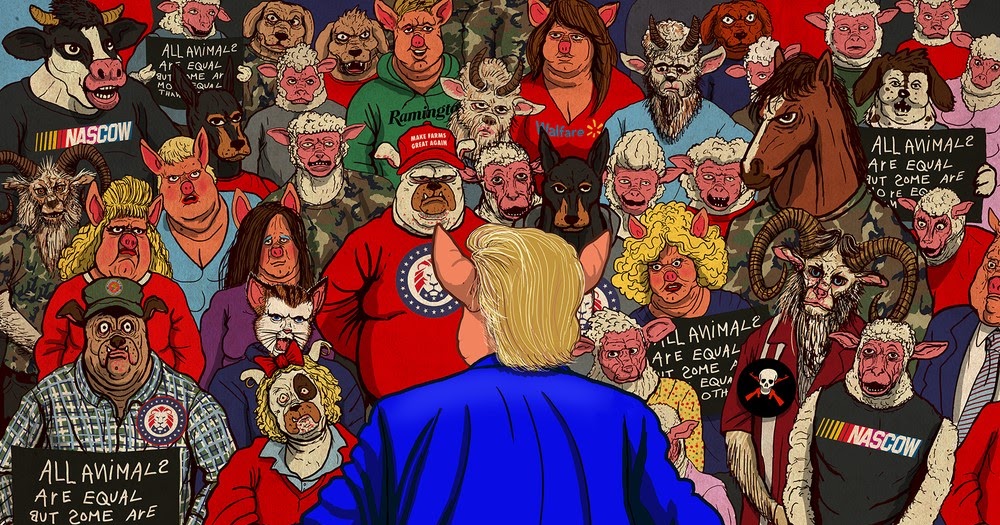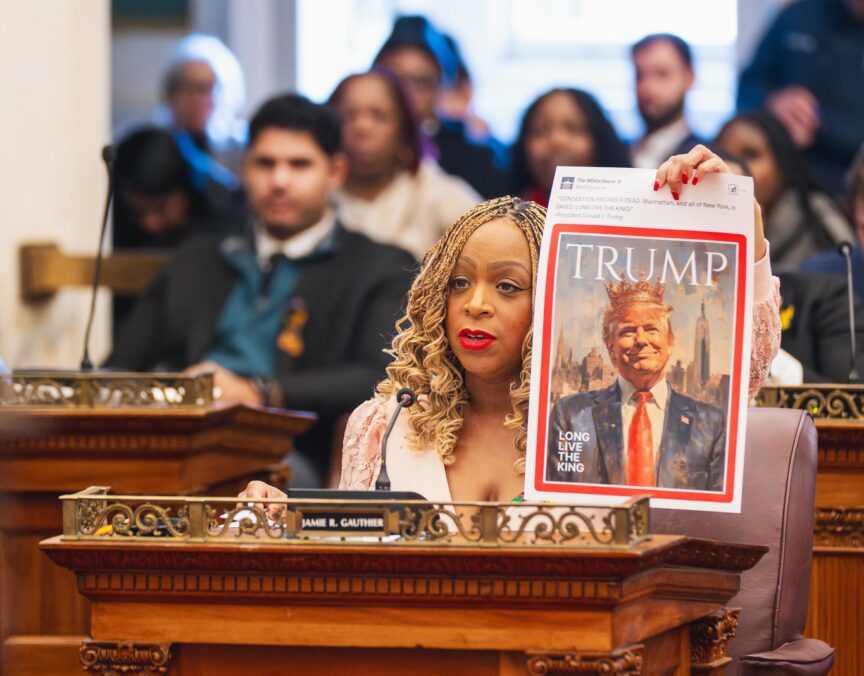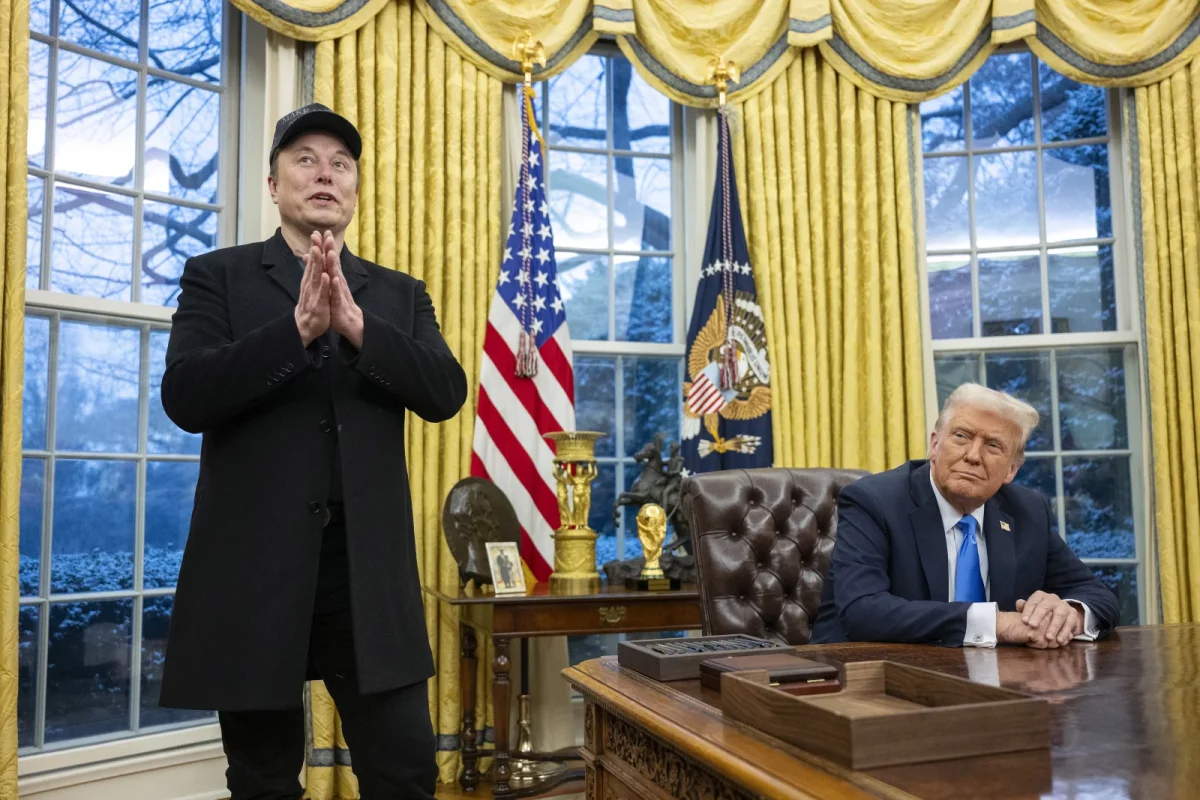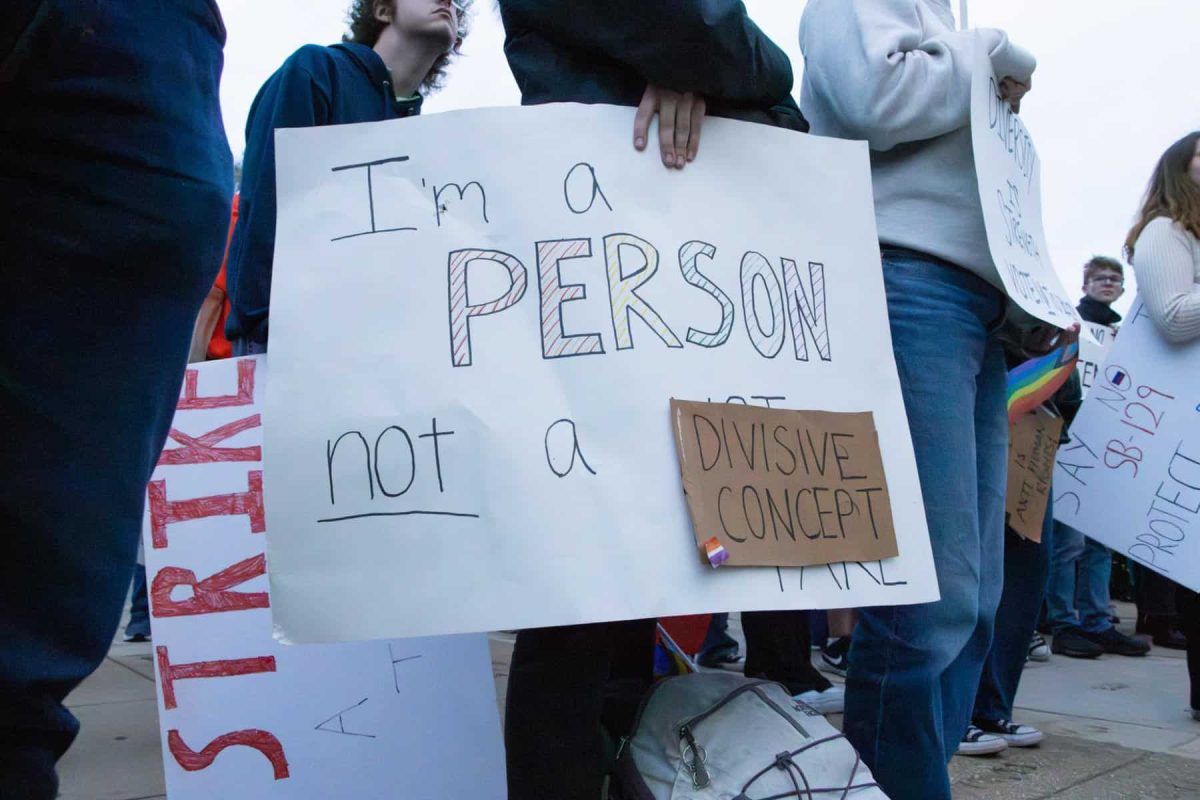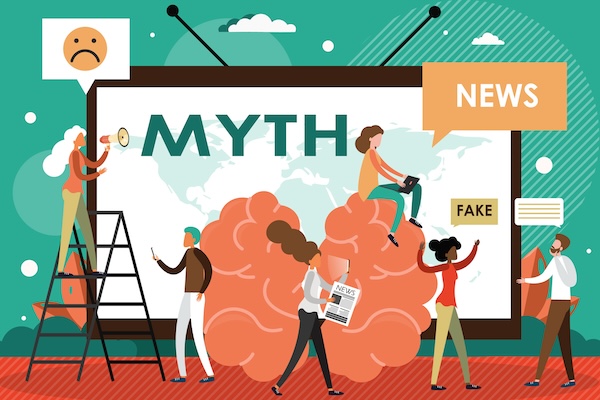Restoring the country to its “previous greatness,” purging the nation of those who undermine its “traditional values” and encouraging discrimination and hate speech — all tenets of both fascism and President Donald Trump’s current agenda.
The overlaps are concerning, but a movement so antithetical to democracy could not possibly happen here in the United States, could it? It already is.
I once believed that fascist takeovers were inherently violent and blatantly obvious. While, typically, these takeovers do involve violence, they are not always obvious. They arise subtly, through existing political systems, and are only noticed once it is too late.
This happens because fascist dictators are experts in appealing to the common man. They emerge at a time when the people are deeply dissatisfied with their weak, unstable and broken country. Two of the most well-known fascist dictators of all time — Benito Mussolini and Adolf Hitler — capitalized on this dissatisfaction, making it the center of their campaigns.
Mussolini recognized the economic disparity overtaking Italy as a result of World War I and promised to fix it. Hitler saw how angry the German people were with the government for their handling of the war and assured them he could be the leader they needed.
Romanticizing the past and promising to make the country great again is a common tactic used by fascists. They claim they are the only person who can save the rapidly declining nation. This decline is attributed to new ideas and certain groups, making the already privileged believe they are now the victim.
In the 1930s, Hitler reduced the new forces overtaking Europe — capitalism and communism — to nothing but “Jewish conspiracies” and scapegoated the Jewish people as the root of all the problems Germany was facing. The Christians then believed they were victims of the Jews.
As an American, this strategy of campaigning on people’s dissatisfaction, claiming you are the only one who can fix it, and otherizing certain minority groups feels all too familiar. This is exactly how Trump gained his following.
I hesitate to outright call him a fascist, as that is a dangerous word to throw around, but he has shown fascist tendencies. Trump is reaching the height of his popularity at a time when the U.S.’ economy has been down and bigotry is up.
Hatred toward nearly every minority group has been running rampant. Trump and his administration have labeled the LGBTQ+ community as “dangerous to children,” Muslims have been branded as “terrorists” and Latino immigrants “criminals.” This has effectively duped the white, straight Christians into believing they are victims.
Americans have been deeply divided and dissatisfied, so Trump painted himself as the only person who could save them by ending inflation, enacting mass deportations and “making America great again” — similar to promises both Hitler and Mussolini made.
Fascist leaders are also known for the cult-like loyalty they inspire among their followers. Supported by this devotion, fascists deem themselves the ultimate authority: they must always be right, control everything and never lose.
Mussolini cultivated this devotion through his dramatic character. His mannerisms, bold claims, and facial expressions riled people up, encouraging them to take rash actions on his behalf, like marching on Rome, Italy’s capital, in 1922.
Trump, likewise, has a characteristic way of speaking that has become a major facet of his public identity, often inspiring parodies and impressions. He can be so animated in this way of speaking that he has also incited violent marches on the nation’s capital.
Hitler grew his followers’ faith by asserting himself as a man of power, never admitting defeat. When he lost the presidential election in 1932, he blamed it on voter fraud. When, in 1942, his troops were decimated in the Battle of Stalingrad, he refused to surrender. Even after his defeat in World War II, he continued to blame everything that went wrong on “the Jewish-international global conspiracy,” never on his actions.
Both Mussolini’s and Hitler’s regimes relentlessly pushed their ideologies on their citizens, limiting research in schools, discrediting any institution that challenged them and firing anyone who criticized them. By putting their friends and followers in political positions, they were rarely challenged. Their word became gospel.
Trump, to this day, swears he won the presidential election in 2020. He claims the “woke liberal agenda” is ruining the U.S. He appointed his highly underqualified, but loyal, friends as cabinet members. He constantly challenges intellectuals and professionals, stating he knows best.
His administration aims to limit what is taught in schools. Classes on critical race theory, gender theory and other identity studies have disappeared across the country, as this knowledge challenges their ideology. Right-wing educational content, such as that made by PragerU, is starting to be pushed in public elementary schools in red states.
One could say that connecting Trump to men who committed some of the worst atrocities in human history is extreme, but the similarities are too glaring to ignore. His campaign, administration and actions toward minority groups echo theirs completely. This cannot be overlooked.
Despite the similarities, I do not mean to be insensitive in comparing these two dark times in history. This summary is, at times, oversimplified, as there are substantial differences between 1920s Europe and the modern U.S. Hitler’s regime took their hatred to a point of no return, which the U.S. has not reached, and hopefully never will. Mass deportations and the establishment of immigrant detainment camps are not good signs, though.
Each tragedy is its own. However, there are warning signs before great tragedies happen, and we are at a time where, if we paid attention, we could stop another atrocity.
My intention with this piece was not to compare or spew hate, but to raise awareness, using history as a guide. Remaining aware is the greatest power we have as individual citizens. We must recognize the path we are going down and actively educate those around us, rather than turn a blind eye and cross our fingers hoping everything will work out.
We must understand that this election did not only determine the next four years, but the fate of the country. Those creating the laws have known what is at stake for years. It is time those of us living under the laws understand the stakes, as well.
All content under the opinion section is not a direct reflection of The University News, but expresses the opinion of the writer, not necessarily the organization as a whole.




